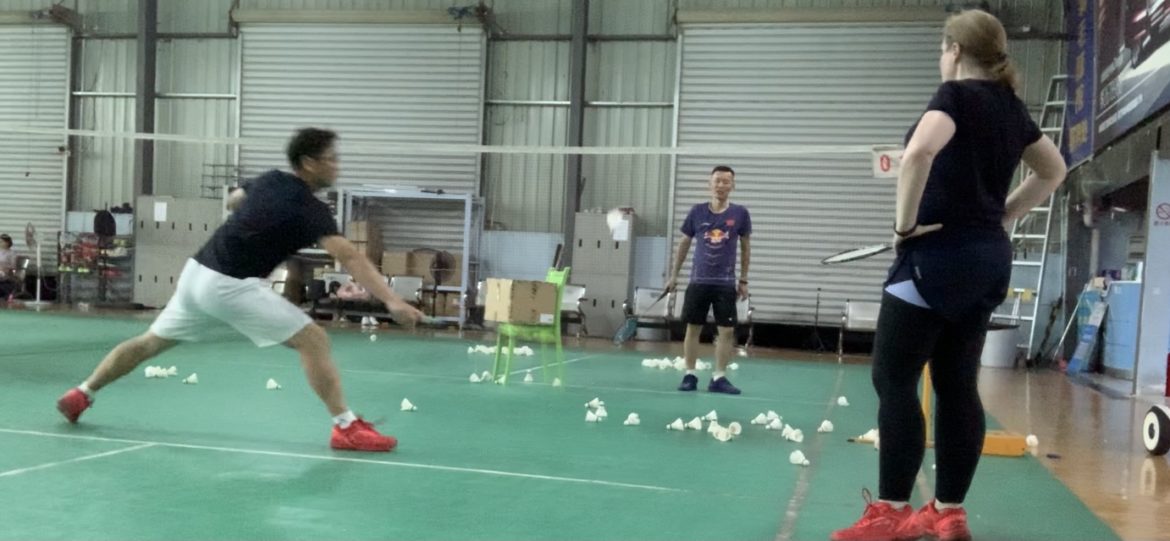Solo Precision: Mastering Badminton Singles Play
Badminton Singles, a discipline that demands individual prowess, strategic brilliance, and physical endurance, offers a unique challenge for players aiming to excel in solo competition. In this comprehensive guide, we will explore the nuances of Badminton Singles play, uncovering key techniques and strategies that can elevate your performance on the court.
Understanding the Solo Dynamics
Badminton Singles differs significantly from doubles play, as it requires players to cover the entire court on their own. The dynamics of one-on-one competition emphasize the importance of individual skills, decision-making, and physical stamina. Understanding these solo dynamics is crucial for success in the Singles discipline.
Physical Conditioning and Endurance
- Cardiovascular Fitness: Singles play demands a higher level of cardiovascular fitness due to the continuous movement and sprinting across the court. Conditioning the heart and lungs is essential to maintain stamina throughout the match.
- Strength Training: Building strength in key muscle groups, especially the legs and core, enhances a player’s ability to move quickly, maintain balance, and execute powerful shots. Strength training contributes to overall endurance during prolonged rallies.
Strategic Shot Selection
Singles play requires strategic shot selection tailored to exploit opponents’ weaknesses and create openings. Precision and placement become paramount as players aim to control the pace of the rally and force errors. Strategic shot choices can vary from powerful smashes to delicate drop shots, depending on the game situation.
Court Coverage and Footwork Mastery
- Efficient Court Coverage: Singles players must cover the entire court efficiently, minimizing gaps that opponents can exploit. Mastering court coverage involves strategic positioning, quick lateral movements, and the ability to transition seamlessly between offense and defense.
- Agile Footwork: Agile footwork is a cornerstone of successful Singles play. Players need the ability to move swiftly in all directions, execute sudden changes in direction, and maintain balance during rapid exchanges. Developing agile footwork enhances overall court mobility.
Psychological Resilience and Focus
- Mental Toughness: Singles play often becomes a mental battle. Maintaining composure during challenging moments, overcoming setbacks, and staying focused on the game plan are crucial aspects of mental toughness in Singles competition.
- Focus on Opponent’s Weaknesses: Understanding and exploiting opponents’ weaknesses become essential in Singles play. Analyzing opponents’ patterns, anticipating their shots, and adapting strategies accordingly contribute to a psychological advantage.
Serve and Return Excellence
- Strategic Service Placement: Serving strategically to gain an advantage in the rally is crucial in Singles play. Varying serve placement, speed, and spin keeps opponents guessing and sets the tone for the point.
- Effective Return Strategies: The return of serve requires precision and quick decision-making. Singles players must develop effective return strategies based on opponents’ serves, with options ranging from aggressive smashes to controlled drop shots.
Training Drills for Singles Mastery
- Solo Drills for Footwork: Specific drills focusing on footwork agility and court coverage enhance a player’s ability to navigate the Singles court efficiently. These drills simulate game scenarios, improving responsiveness during matches.
- Mental Resilience Exercises: Incorporating mental resilience exercises into training helps players develop a strong mindset. Visualization, breathing techniques, and simulated pressure situations contribute to mental toughness.
Challenges and Tips for Improvement
Singles play comes with its set of challenges, including physical fatigue, mental pressure, and the need for a diverse skill set. Tips for improvement include setting realistic goals, analyzing match performances, and seeking feedback from coaches to address specific weaknesses.
Incorporating Singles Strategies into Matches
The true test of Singles mastery lies in the ability to seamlessly incorporate learned strategies into actual matches. Adapting to opponents’ playing styles, making quick decisions during rallies, and maintaining a relentless pace require a combination of strategic awareness and on-court execution.
Conclusion: Elevate Your Solo Game
In conclusion, mastering Badminton Singles play is a journey that demands solo precision, strategic brilliance, and physical resilience. To learn more about honing your skills and strategies for successful Singles play, visit Badminton Singles.
As you refine your Singles game, you’ll find yourself not only covering the court with precision but also dictating the pace of rallies, exploiting opponents’ weaknesses, and enjoying the unique challenges and rewards that come with solo competition. Singles mastery is not just about winning points; it’s about showcasing your individual brilliance on the badminton court.


